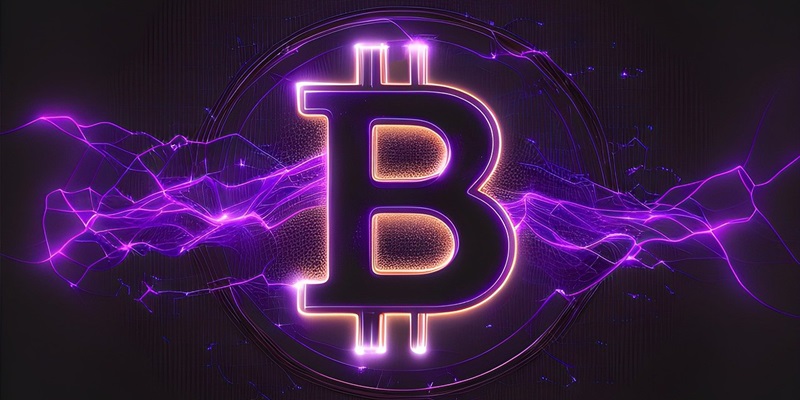Decentralized Autonomous Organizations (DAOs) have significantly altered the landscape of group governance and management, especially on platforms like Ethereum. These entities empower communities with transparent, efficient decision-making capabilities. Traditionally associated with Ethereum’s smart contract capabilities, the DAO concept is now gaining ground in the Bitcoin ecosystem. A community member named Dillon Healy has put forward the idea of Bitpacs, aiming to bring this innovation to Bitcoin users. Bitpacs aim to extend the benefits of collective governance and decision-making, inherent in DAOs, to the Bitcoin network. This reflects a broader trend of integrating advanced functions into Bitcoin’s scope, showing the crypto world’s adaptability and continuous evolution. The expansion of such ideas promises to further democratize organizational control and asset oversight beyond the confines of specific blockchain platforms.
Exploring the Bitpacs Proposition
Bitpacs aim to bring DAO-like governance to Bitcoin, capitalizing on the network’s security and simplicity. The approach is intriguing: use multi-signature wallets, which require multiple private keys to authorize transactions, and combine them with crafted transactions to replicate a voting mechanism. Public participants hold the keys, and their collective signatures serve as a consensus-building tool, closely mimicking the DAO model where stakeholders vote on proposals. Beyond mere consensus, these wallets enable verifiable governance that allows proposals to be transparent and decisions to be audited by anyone on the blockchain.
The promise of Bitpacs on the Bitcoin network is considerable. Bitcoin’s blockchain is revered for its security and robustness, and by leveraging this infrastructure for governance, Bitpacs could potentially offer a more secure and reliable platform for DAOs than currently exists. Given that Ethereum’s DAOs hold significant assets, should Bitpacs prove to be a functional alternative, this could encourage a shift in asset management practices within the crypto community. Particularly for entities looking for a governance structure with the stability and integrity that Bitcoin’s network provides, this could be a game-changer.
Challenges and Opportunities Ahead
Bitpacs, which are an innovative way of using Bitcoin for governance, encounter skepticism stemming from Bitcoin’s scalability issues. The blockchain’s small block size and high fees pose a challenge for DAOs that require numerous transactions, as costs and time delays could be impractical. Despite improvements like SegWit, Bitcoin wasn’t designed for complex, on-chain activities that platforms like Ethereum efficiently manage. Bitcoin enthusiasts might also question whether Bitpacs align with Satoshi’s original vision.
Nevertheless, Bitpacs introduce a novel use for Bitcoin beyond simple monetary exchanges. They could be ideal for smaller communities where transaction volume is manageable. Moreover, the Bitcoin community may explore solutions like off-chain transactions or sidechains to handle Bitpacs’ demands without compromising the main blockchain. Thus, Bitpacs point to a trend in which blockchain technology opens up new avenues for distributed governance.

